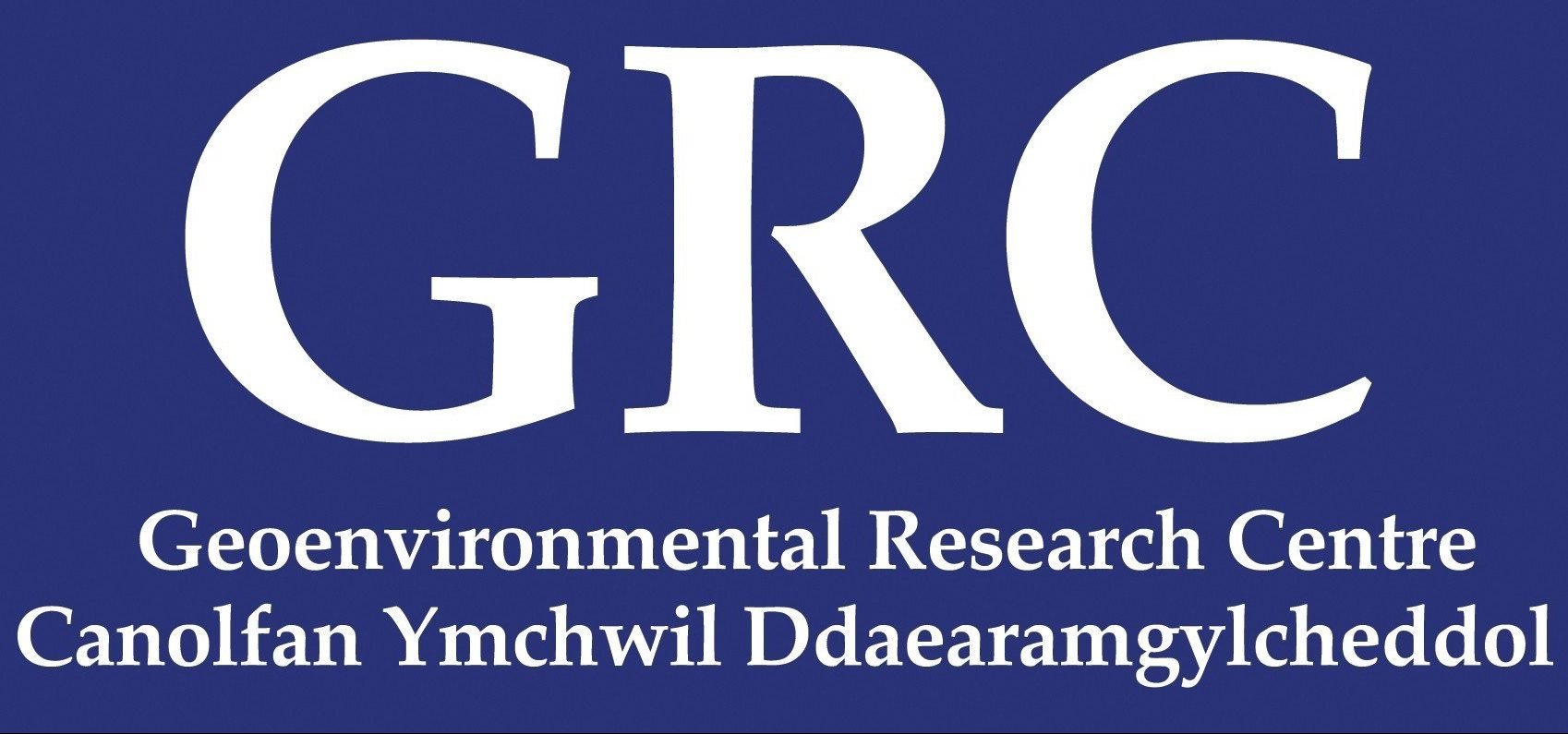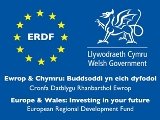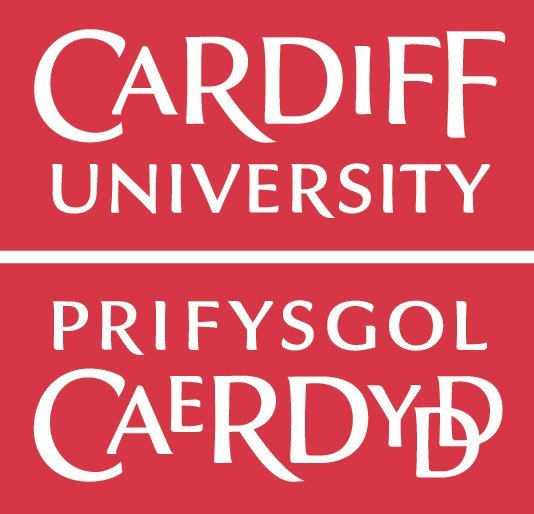The principal objective of NF-PRO is to establish the scientific and technical basis for evaluating the safety function containment and minimisation of release of the near-field of a geological repository for highlevel radioactive waste and spent fuel. To this end, NF-PRO will investigate dominant processes and process couplings affecting the isolation of nuclear waste within the near-field and apply and develop conceptual and mathematical models for predicting the source-term release of radionuclides from the near-field to the farfield. Results and conclusions of experimental and modelling work will be integrated in performance assessment.To understand the performance of the overall near-field system, an adequate insight in both the performance of the individual near-field sub-systems and their interactions is essential. Accordingly, the Integrated Project NF-PRO has been structured in five Research and Technology Development Components (further referred to as RTD Components) each representing a major near-field sub-system. In particular, RTD Components 1 to 4 address key processes controlling dissolution of and release from the waste matrix, chemical processes taking place in the Engineered Barrier System (EBS), the thermo-hydromechanical (THM) evolution of the EBS and the characteristics and the evolution of the excavation disturbed zone (EDZ), respectively. Process couplings and integration in performance assessment are dealt with in RTD Component 5. Knowledge management and the exploitation and the dissemination of results represent key elements within NF-PRO. Component 6 brings together all activities concerning training (including knowledge management and transfer). In addition to the scientific-technical objectives, the consortium will make the acquired data, knowledge and expertise available and accessible to the broad scientific community within the EU and NAS, use its expertise for public information purposes and promote knowledge and technology transfer through training.
To achieve the above-mentioned objectives and to guarantee the relevance of the proposed research and the use of its results, the project has a strong multidisciplinary team involving both the major European radioactive waste management organisations together with the main nuclear research institutes supported by other research institutes, universities, industrial partners and consultancy companies (SME’s).The following radoactive waste agencies agencies are involved: ANDRA, ENRESA, NAGRA, NIRAS/ONDRAF, NIREX, POSIVA and SKB.
The following large nuclear research organisations are involved: SCK.CEN, CEA, CIEMAT, ECJRC- ITU, FZK, GRS, IRSN, NRG, NRI, PSI, Serco, STUDSVIK, VTT. The following other organisations, including universities, industrial and governmental partners and consultancy companies including SME’s are involved: AITEMIN, ARMINES, BUTEC, CHALMERS, CIMNE, Claytech, CNRS DR10, ENVIROS SPAIN, FS (CU), FZR, GdR FORPRO, GRC, GSL, IfG, INASMET, INERIS, JGUM, KTH, NERC (BGS), QUINTESSA, TUC, UDC, UFSD, UTR, UUP. This very broad participation of organisations is essential for the success of the project because of the large field of scientific disciplines that is involved in near-field processes, i.e. nuclear chemistry and physics, geochemistry, hydrogeology, mineralogy, geomechanics of clay, hard rock and rock salt, thermomechanics, mining engineering, in situ instrumentation and modelling concerning all these disciplines.


